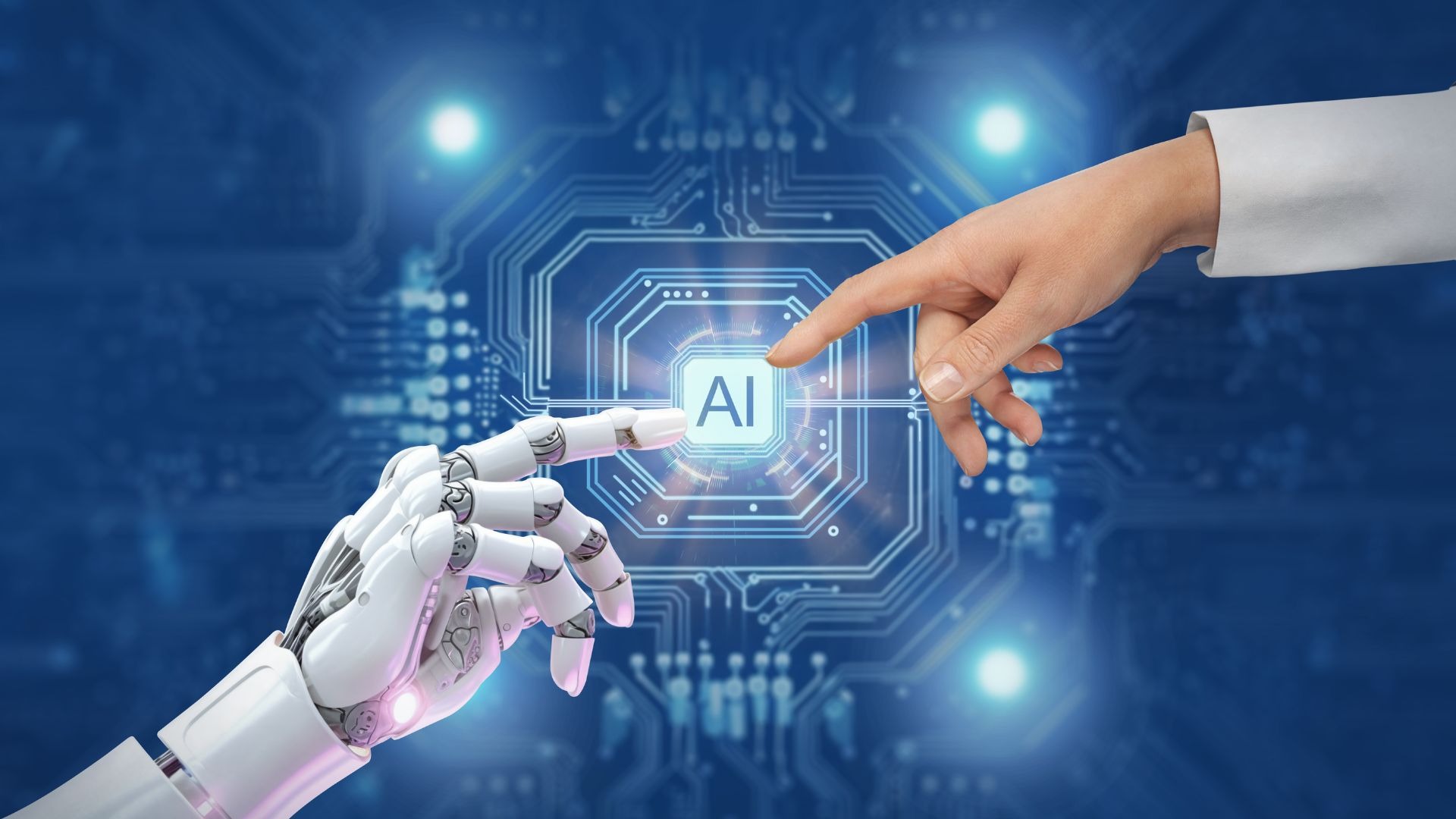Artificial Intelligence (AI) has rapidly evolved over the past decade, transforming industries, enhancing productivity, and reshaping how humans interact with technology. From machine learning (ML) and natural language processing (NLP) to robotics and generative AI, breakthroughs in AI continue to push the boundaries of what machines can achieve.
This comprehensive article explores the most significant AI advancements in recent years, covering key developments in deep learning, AI ethics, autonomous systems, healthcare, and more. By examining these breakthroughs, we gain insight into how AI is revolutionizing the world and what the future may hold.
One of the most groundbreaking advancements in AI has been the development of transformer-based models, which have revolutionized NLP. Introduced in 2017 with Google’s “Attention Is All You Need” paper, transformers enable models to process large amounts of data efficiently by using self-attention mechanisms.
Key developments include:
- GPT (Generative Pre-trained Transformer) Series – OpenAI’s GPT-3 (2020) and GPT-4 (2023) demonstrated unprecedented text generation, reasoning, and coding abilities.
- BERT (Bidirectional Encoder Representations from Transformers) – Google’s BERT improved search engines and language understanding.
- PaLM (Pathways Language Model) – Google’s 540-billion-parameter model excels in multilingual tasks and reasoning.
These models power chatbots (like ChatGPT), automated content creation, and AI-assisted programming (GitHub Copilot).
Modern AI systems are no longer limited to text—they can process images, audio, and video simultaneously. Examples include:
- DALL·E, MidJourney, and Stable Diffusion – Generate high-quality images from text prompts.
- GPT-4V (Vision) – Can analyze and describe images, enabling applications in medical imaging and autonomous driving.
- Flamingo (DeepMind) – Combines vision and language for complex reasoning tasks.
Traditional AI required massive labeled datasets, but self-supervised learning allows models to learn from unstructured data.
- Contrastive Learning (CLIP by OpenAI) – Learns visual concepts from raw text descriptions.
- Masked Autoencoders (MAE) – Used in vision models to predict missing parts of images.
- AlphaFold (DeepMind) – Solved the decades-old protein-folding problem, predicting 3D protein structures with high accuracy. This accelerates drug development and disease research.
- Generative AI for Molecule Design – AI models like GNoME (Google DeepMind) discover new materials and chemical compounds.
- AI-Powered Radiology – Systems like IBM Watson Health and Google’s LYNA detect cancers and anomalies in medical scans faster than human doctors.
- Wearable AI for Health Monitoring – Devices like the Apple Watch use AI to detect irregular heartbeats and predict health risks.
AI analyzes genetic data to recommend tailored treatments for patients. Companies like Tempus and 23andMe leverage AI for precision medicine.
- Tesla’s Full Self-Driving (FSD) – Uses deep learning and neural networks for real-time decision-making.
- Waymo (Google) – Operates autonomous taxis in multiple U.S. cities.
- Mobileye (Intel) – Powers advanced driver-assistance systems (ADAS).
- Boston Dynamics’ Atlas – Performs parkour and complex physical tasks using reinforcement learning.
- Tesla Optimus – A humanoid robot designed for household and industrial tasks.
Companies like Amazon Prime Air and Zipline use AI drones for medical supply deliveries in remote areas.
AI models can inherit biases from training data. Efforts to mitigate this include:
- Fairness-aware algorithms (IBM’s AI Fairness 360).
- Diverse dataset collection to reduce discrimination.
- EU AI Act (2024) – First major AI regulation, classifying AI risks and banning harmful uses.
- U.S. AI Executive Order (2023) – Promotes responsible AI development.
Techniques like LIME (Local Interpretable Model-Agnostic Explanations) help users understand AI decisions, improving transparency.
- OpenAI’s Jukebox – Generates music in various styles.
- AI-Generated Art – Tools like Runway ML and Adobe Firefly assist digital artists.
- Deepfake Technology – Used in movies (e.g., de-aging actors in The Irishman).
- AI Scriptwriting – Tools like Sudowrite help writers generate content.
Brands use AI-generated influencers like Lil Miquela for marketing campaigns.
Quantum computers (like Google’s Sycamore) could solve complex AI problems exponentially faster.
While still theoretical, companies like OpenAI and DeepMind aim to develop AI with human-like reasoning.
Elon Musk’s Neuralink explores AI-enhanced brain implants for medical and cognitive applications.
